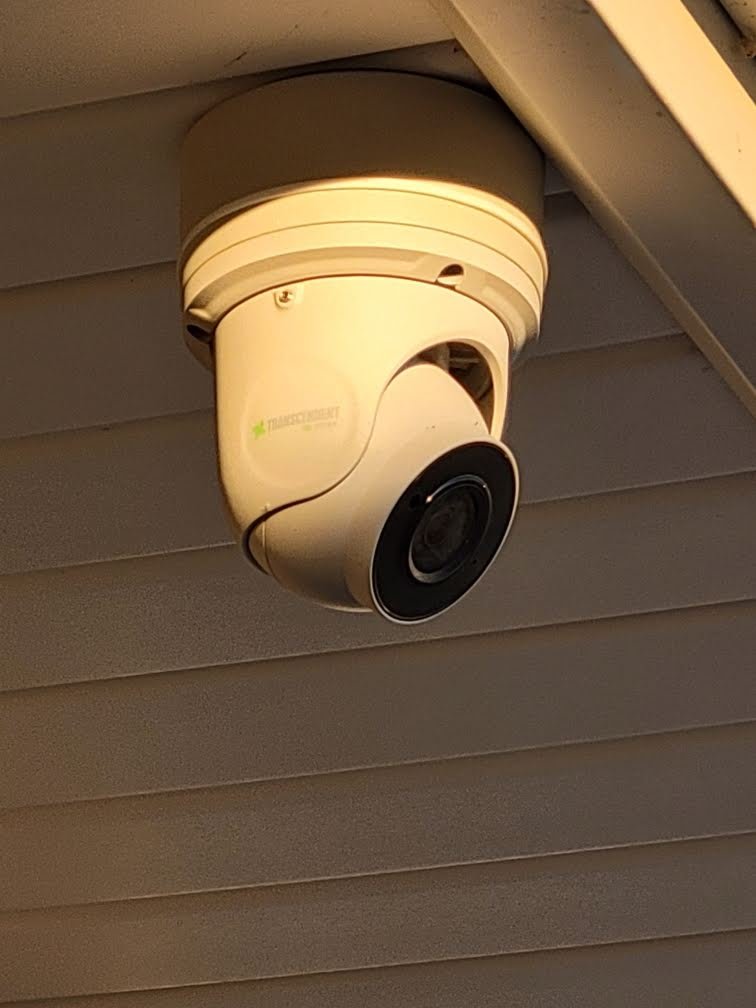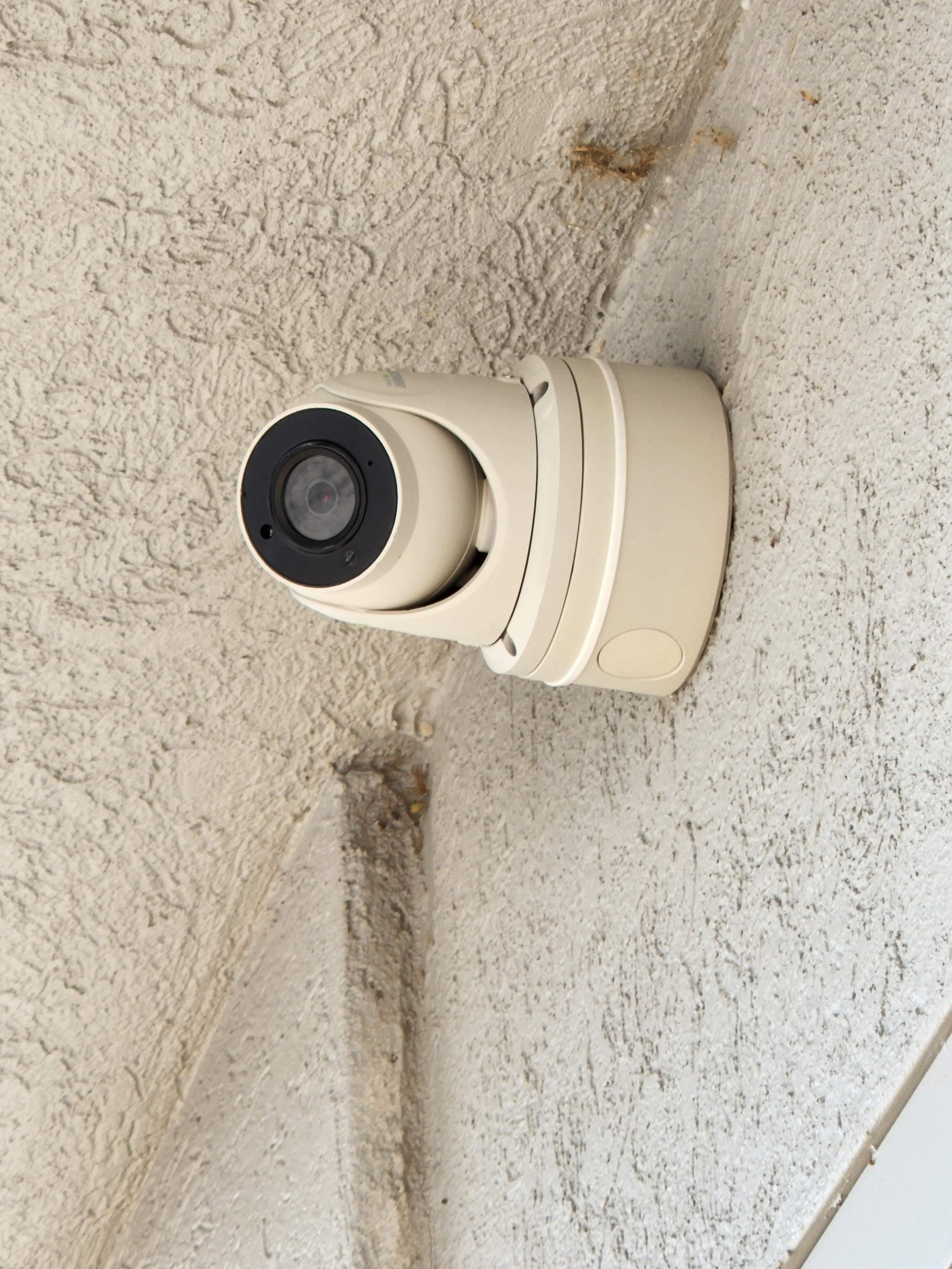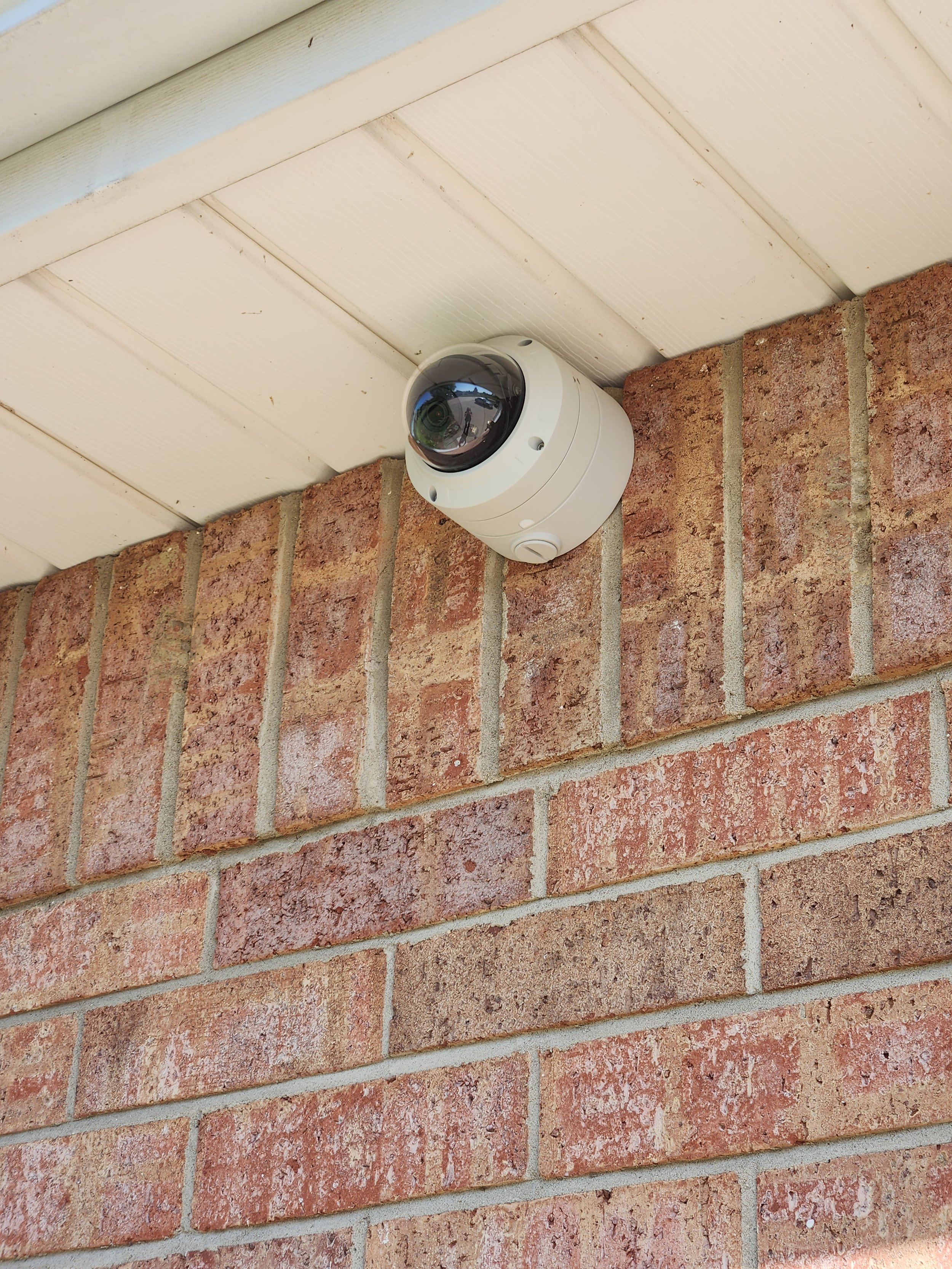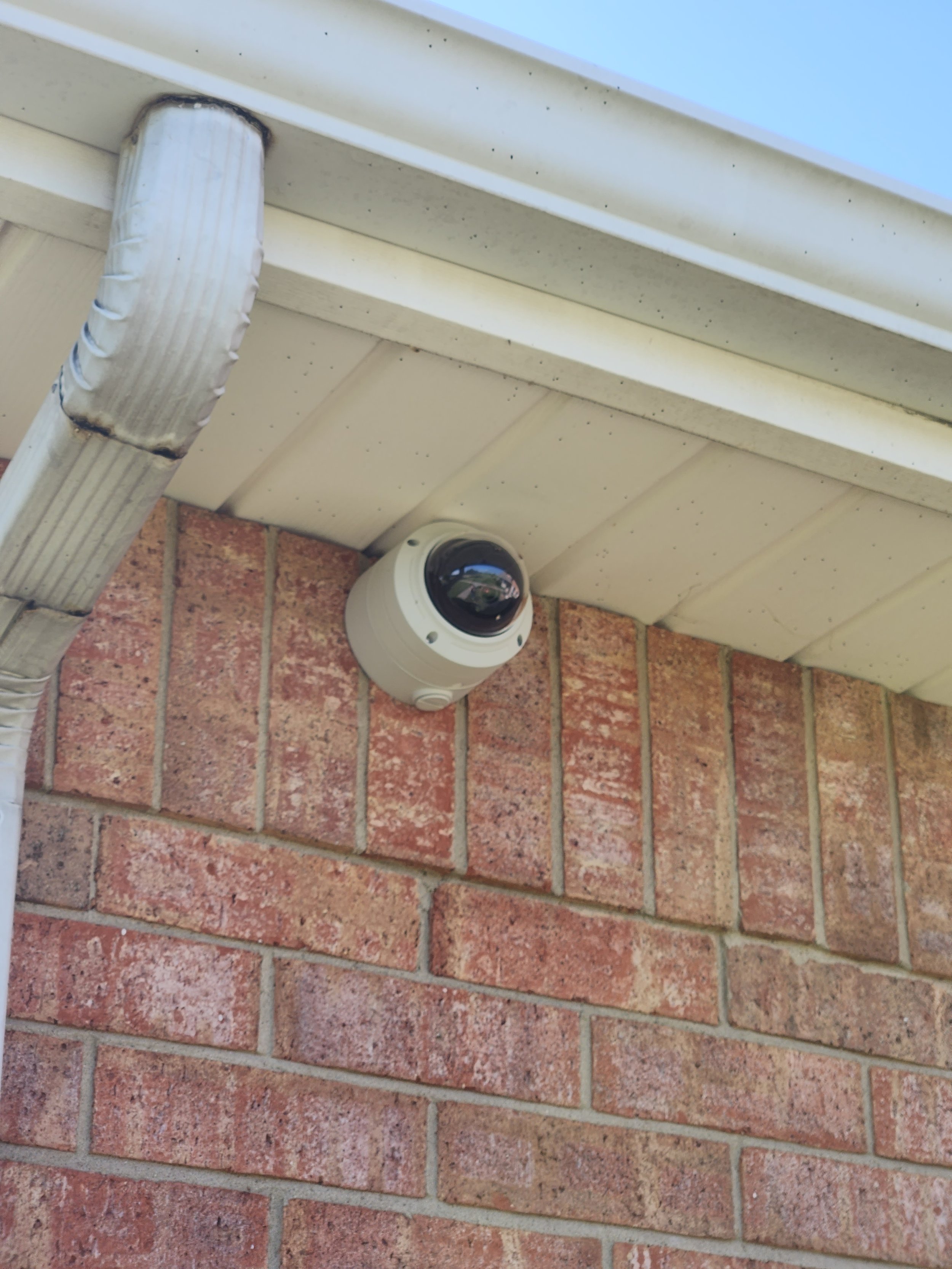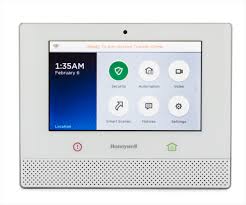Everybody is talking about cameras these days…and many consumers are confused about which to choose. Here are some questions we hear often, and our answers:
Do they have to be “compatible” with your alarm system?
No. While there are some alarm systems that are controlled by smartphone apps and cameras can also be viewed in those apps— that doesn’t mean that it must be done that way. There is not a conflict with keeping the alarm you have and adding cameras that run in in a different app, or just supplementing your alarm with a doorbell camera.
That said, we offer some new alarms with cameras controlled by the same app, and it is pretty slick if we do say so ourselves.
Which these cameras are right for me?
Here are some factors to consider:
Do you carry a smartphone all of the time? (and want to view cameras on it?)
Do you have wi-fi with 2Mbps UPLOAD speeds at the locations where the cameras would be mounted? (Go outside with a tablet or laptop connected to your home’s wi-fi and run a speed test. Simply search “speedtest in your browser and make a note of the upload and download speeds while outside (if you want outdoor cameras). Your speeds should be 2Mbps PER CAMERA and still have some speed left for all of the other devices you use. You won’t be too thrilled when everything else slows down because of your cameras. VoIP phones and streaming video services demanding.
Are you comfortable with the idea of your cameras being connected to the internet? There are solutions either way.
We are not installing doorbell cameras currently, but you may want to answer your door through your smartphone if you are away. Perhaps a video doorbell is right for you. Do you have a doorbell that works? If you don’t, you will probably want to add an indoor chime to the video doorbell. (You also should speedtest at the door bell with the door closed.) These are considered DIY installations, but if you have trouble there are often companies that work with the manufacturers who can help. Doorbells (and other cameras) do not need to be connected to your alarm system, so going with another vendor is fine!
Do you want to monitor what is going on inside your home through cameras?
Do you require audio as well?
If I buy a do-it-yourself kit from a big-box store will Rampart install them?
Sorry, no. Problems we expect we will encounter: cables that are too short (so we’ll have to make longer ones) and potentially defective equipment we can’t replace. And so many other reasons…
Add the following cameras and view remotely on your smartphone or computer. They record video clips triggered by motion in zones you can delineate within the camera view. They do not continuously record. These can also be used as stand-alone video, or you can coordinate them with your new or existing Honeywell panels and also arm/disarm with the same Total Connect app.
First Alert Total Connect Camera. Outdoor wall or eave mount camera.
The Total Connect cameras work with these panels (and a few others by Honeywell):
We install different cameras (see below) in locations where we can run PoE (Power over Ethernet) cables from near your internet router to the camera mount location. They work great for businesses that require continuous recording and have dropped ceilings, basements, or attics that allow wire runs. They may be in residential work if wiring is possible.
Advantages: Continuous recording, not just short video clips. Less maintenance. While many well advertised brands tout the ease of battery operated completely wireless cameras, we have noticed that the appeal of any gadget decreases as you have to spend time maintaining it. PoE cameras are much lower maintenance. You also get a huge array of professional features you can customize for your location. Select specific areas to detect motion, set up notifications, view remotely, save and send video to others, the list goes on and on.
If you do not want to connect your video surveillance to your smartphone or internet, you don’t have to. Video is stored on the Network video recorder (NVR) and you can review it without using the internet, but you have to be on site.
If you DO want to view video remotely, you absolutely can. It is great for video verification of alarms to see who is on site when your alarm system is tripped.
Ask us for more information or a quote!
Tell us a little about what you are looking for— we want to match you with the best option for you. We’ll get back with you via email or phone.

